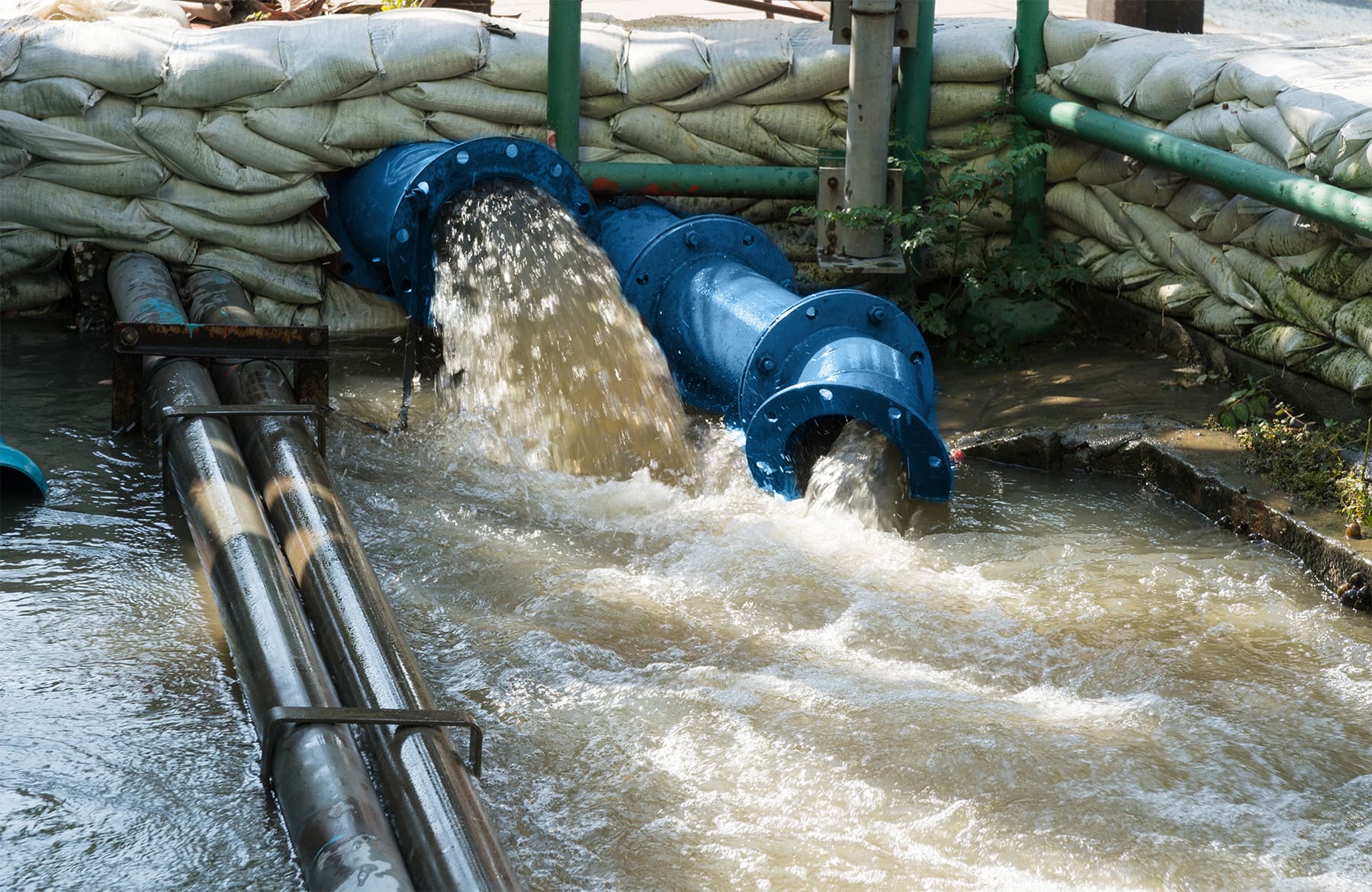City facilities use water treatment polymer to optimize water purification.
Discover Exactly How Water Therapy Polymer Features in Reliable Wastewater Treatment Equipments
The assimilation of water therapy polymers right into wastewater therapy systems represents a significant advancement in boosting functional efficiency. Understanding the certain kinds of polymers and their applications can disclose deeper insights right into enhancing therapy procedures.
Summary of Water Therapy Polymers
The performance of wastewater administration depends upon the application of numerous treatment representatives, amongst which water treatment polymers play a crucial function. These artificial or all-natural polymers are developed to enhance the performance of physical and chemical processes in wastewater therapy systems. Their main feature is to help with the gathering of put on hold fragments, inevitably enhancing the overall high quality of treated water.
Water treatment polymers can be identified into a number of groups, including flocculants, coagulants, and dispersants. Coagulants reduce the effects of the costs of suspended bits, permitting them to come together and clear up extra efficiently.
The application of these polymers not just boosts the elimination of contaminants however additionally optimizes the operational performance of therapy plants. Additionally, the selection of suitable water therapy polymers is crucial, as their effectiveness can differ based upon variables such as water chemistry, temperature, and turbidity levels. In general, water therapy polymers are crucial components in modern wastewater management methods, adding to cleaner water and lasting ecological techniques.
Devices of Coagulation and Flocculation
Coagulation and flocculation are basic procedures in wastewater therapy that embody the principles of fragment interaction and aggregation. These mechanisms are important for getting rid of suspended solids, colloids, and various other pollutants from water. Coagulation entails the destabilization of suspended particles, generally accomplished through the addition of coagulants such as metal salts. These coagulants counteract the electrostatic charges that maintain bits apart, promoting initial gathering.
Complying with coagulation, flocculation occurs, identified by the gentle blending of water to motivate the formation of bigger aggregates, or flocs. Throughout this phase, polymers play a substantial role by linking between fragments, improving the formation of these larger accumulations. The physical and chemical interactions during flocculation lead to an increased size and thickness of the bits, promoting their succeeding elimination with sedimentation or purification.
The efficiency of coagulation and flocculation procedures is influenced by different factors, consisting of pH, temperature level, and the nature of the pollutants present. Understanding these systems enables for the optimization of wastewater therapy systems, resulting in enhanced removal performances and overall water high quality. Subsequently, the careful choice and application of coagulants and flocculants are crucial for successful wastewater administration.
Types of Water Therapy Polymers
Regularly made use of in wastewater treatment, water treatment polymers are vital for boosting the effectiveness of coagulation and flocculation processes. These polymers can be extensively classified right into 3 major types: anionic, cationic, and non-ionic.
Anionic polymers, which lug an adverse cost, are specifically reliable in dealing with wastewater with positively charged contaminants. Alternatively, cationic polymers have a positive charge and are often utilized in applications where negatively charged particles control, such as in specific industrial effluents.
Non-ionic polymers, lacking a cost, function as functional representatives that can improve the performance of both anionic and click here for more info cationic polymers. Their key function includes increasing the thickness of the wastewater, consequently improving the general retention time of the flocs in the treatment system.
Understanding the distinctive attributes of these kinds of water treatment polymers permits the optimization of wastewater treatment procedures, eventually causing improved elimination effectiveness and improved water top quality.
Applications in Wastewater Treatment

In municipal wastewater treatment plants, water therapy polymers help in reducing the volume of sludge generated throughout the therapy procedure. water treatment polymer. This reduction not only enhances functional performance yet also decreases disposal costs connected with sludge administration. In addition, polymers are instrumental in treating industrial effluents, where they help in the removal of certain pollutants such as hefty metals and natural toxins, guaranteeing compliance with environmental policies

Additionally, water treatment polymers are utilized in the enhancement of biofiltration systems, where they boost microbial task and general therapy effectiveness. Their role in membrane procedures, such as reverse osmosis, additionally can not be forgotten, as they add site here to membrane layer fouling control and extend the life expectancy of filtration systems. Through these varied applications, water therapy polymers are essential for attaining reliable and sustainable wastewater monitoring.

Benefits of Using Polymers
Making use of water therapy polymers in wastewater systems offers numerous benefits that significantly boost treatment performance and general operational efficiency. Firstly, these polymers work as efficient coagulants and flocculants, advertising the aggregation of put on hold solids and facilitating their elimination. This procedure leads to more clear effluent and reduces the problem on downstream treatment stages.
In addition, polymers improve the dewatering procedure by improving the sedimentation characteristics of sludge. visit our website This causes reduced quantity and weight of waste product, ultimately decreasing disposal costs. Additionally, their ability to work throughout varying pH levels and temperature levels ensures adaptability in various wastewater environments.
Polymers additionally add to the stabilization of biological procedures by giving nutrients and preserving optimum problems for microbial development - water treatment polymer. This reinforced microbial activity help in the failure of natural matter, enhancing general treatment efficiency
Additionally, the use of polymers can cause lowered chemical use, minimizing operational costs and environmental effect. By enhancing the treatment procedure and improving sludge management, water treatment polymers play a critical role in promoting lasting wastewater monitoring techniques, aligning with regulatory criteria and ecological purposes.
Verdict
Finally, water therapy polymers are necessary for boosting the performance of wastewater therapy systems. Their capability to help with coagulation and flocculation processes results in enhanced sedimentation and decreased sludge volume, thereby optimizing therapy efficiency. The different kinds of polymers available for different applications make certain versatility across diverse problems, ultimately leading to more clear effluent. The advantages of utilizing these polymers emphasize their value in achieving efficient and inexpensive wastewater monitoring options.